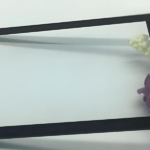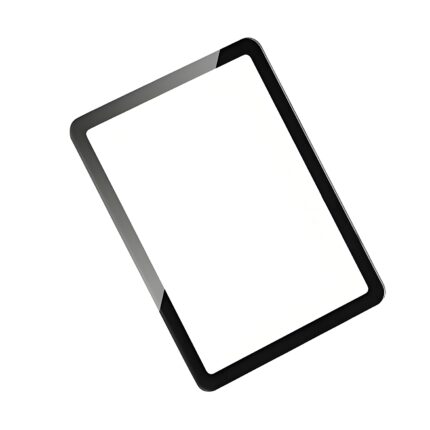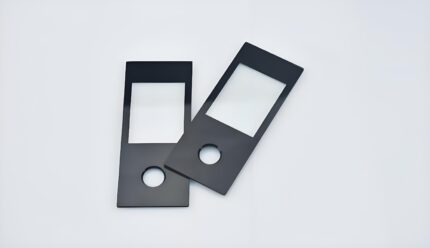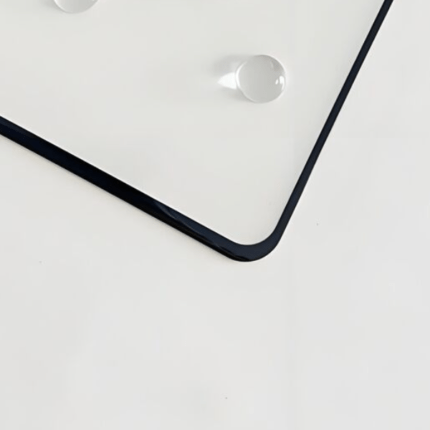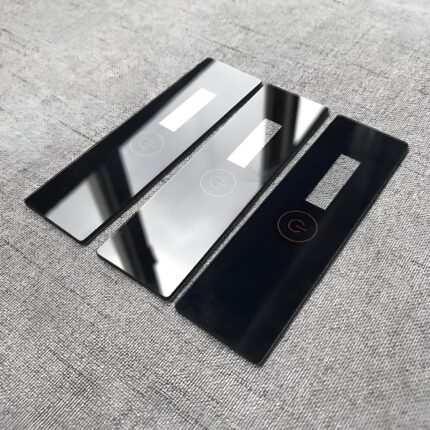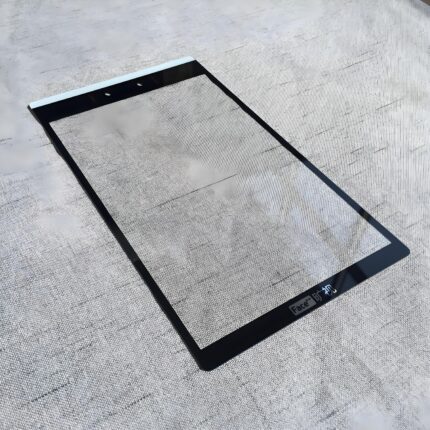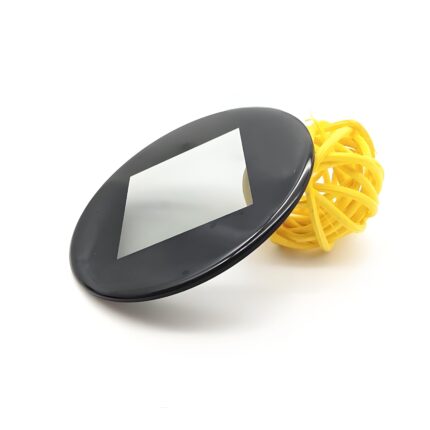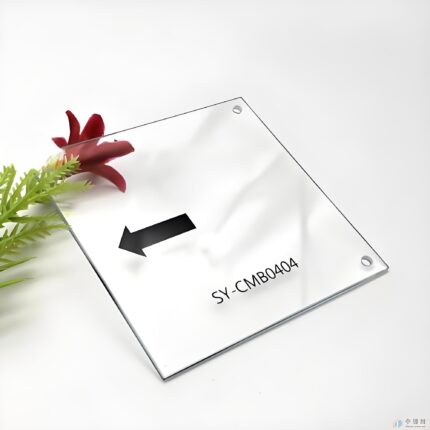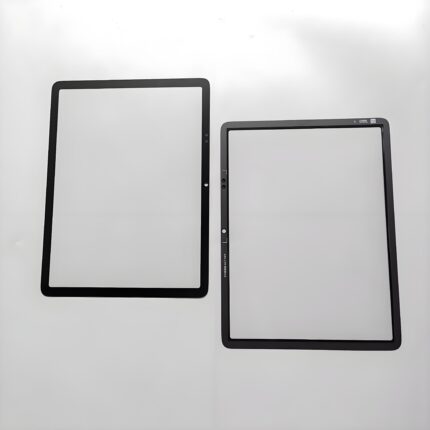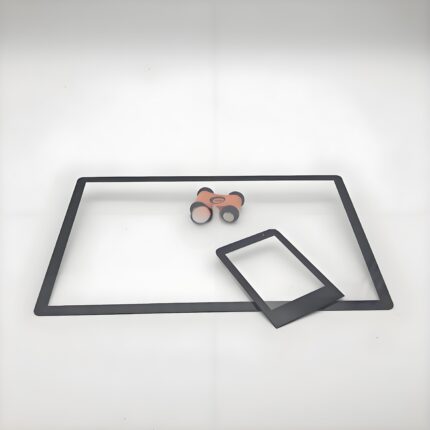How Electronic Cover Glass Enhances Display Performance and Durability
How Electronic Cover Glass Enhances Display Performance and Durability
Today’s premium displays rely on advanced electronic cover glass to achieve both stunning visuals and long-term reliability. The right cover glass solution actively improves display quality by:
-
Maximizing optical clarity (92%+ light transmission) while minimizing reflectivity (<1.5%)
-
Preserving color accuracy with <0.5% haze and neutral tint properties
-
Enabling thinner designs (down to 0.3mm) without sacrificing protection
Durability enhancements include:
✓ 800+ MPa surface compression from chemical strengthening
✓ 6H-9H scratch resistance against daily wear
✓ 1.5m drop survival in smartphone applications
Modern innovations like laser-patterned anti-glare treatments and hybrid polymer-glass composites further bridge the gap between protection and performance. From OLED smartphones to automotive touchscreens, engineered cover glass solutions now play an active role in display enhancement rather than just passive protection.
How Advanced Cover Glass Transforms Display Performance and Protection
The Dual Role of Modern Cover Glass in Display Systems
Today’s cover glass does far more than simply protect displays—it actively enhances their performance. Premium cover glass solutions serve as engineered optical components that:
-
Amplify brightness by minimizing light loss
-
Improve touch sensitivity through optimized dielectric properties
-
Extend display lifespan by shielding against environmental damage
From smartphones to automotive clusters, the right cover glass elevates both user experience and product durability.

What’s chemical strengthened?

Optical Performance Enhancements
Light Management Capabilities
Advanced cover glass maximizes display output through:
-
92-95% light transmission (vs. 88-90% in standard glass)
-
<1.5% reflectivity with multilayer anti-reflective coatings
-
<0.5% haze for pixel-perfect clarity
Color Fidelity Preservation
Premium formulations maintain accurate color reproduction by:
-
Neutral color tint (ΔE <1.0)
-
Minimizing birefringence in polarized displays
-
Blocking UV wavelengths that degrade OLED materials
Durability Breakthroughs
Structural Reinforcement Technologies
Modern chemically strengthened cover glass achieves:
-
800-1000 MPa surface compression via ion exchange
-
Vickers hardness of 600-700 HV
-
Flexural strength up to 900 MPa
Real-World Protection Metrics
Industry testing verifies:
-
1.5m drop survival on concrete (0.5mm thickness)
-
6H-9H pencil hardness resistance
-
200,000+ bend cycles for foldable devices
Application-Specific Innovations
Smartphone Display Solutions
-
0.3mm ultra-thin versions for compact designs
-
Edge stress relief for bezel-less displays
-
Under-display camera compatible formulations
Automotive Grade Protection
-
Vibration-resistant laminated structures
-
Heated glass options for winter climates
-
Sunlight-readable anti-glare treatments
Emerging Flexible Display Tech
-
0.5mm flexible glass with 3mm bend radius
-
Hybrid polymer-glass stacks
-
Crease-free folding performance
Material Science Behind the Advancements
Chemically Strengthened Aluminosilicate
The industry standard offers:
-
Deep ion exchange layers (40-100μm)
-
Optical purity with minimal inclusions
-
Thermal stability up to 400°C
Next-Gen Composite Materials
Innovative alternatives include:
-
Polymer-interlayer hybrids for impact absorption
-
Ceramic-reinforced surfaces for extreme hardness
-
Nano-porous coatings for anti-fingerprint properties
Manufacturing Processes That Enable Performance
Precision Glass Forming
-
Down-draw process with ±0.03mm thickness control
-
Laser edge polishing for strength optimization
-
In-line optical inspection for defect detection
Advanced Coating Technologies
-
Magnetron sputtering for durable AR layers
-
Plasma-enhanced oleophobic treatments
-
UV-cured anti-glare textures
Selecting the Right Cover Glass Solution
Key Specification Considerations
-
Environmental requirements (temperature, humidity, UV)
-
Optical parameters (transmission, haze, reflectivity)
-
Mechanical demands (impact, scratch, bend needs)
-
Special features (conductivity, self-healing, etc.)
Performance Validation Methods
-
Taber abrasion testing for scratch resistance
-
Ball drop impact evaluations
-
Optical spectrometer measurements
-
Environmental chamber aging tests
The Future of Cover Glass Technology
Emerging Innovations
-
Self-healing surfaces with polymer nanocomposites
-
Dynamic privacy filters using PDLC technology
-
Energy-harvesting transparent solar layers
Market Growth Areas
-
Foldable displays (45% annual growth)
-
Automotive touchscreens (12″+ average sizes)
-
AR/VR optics (ultra-low reflectivity needs)




